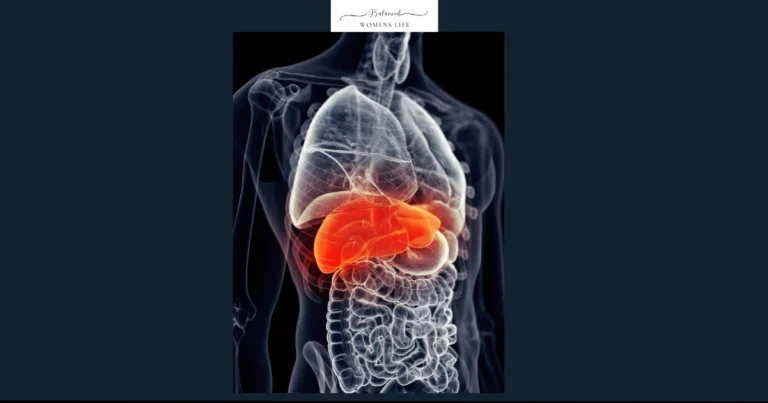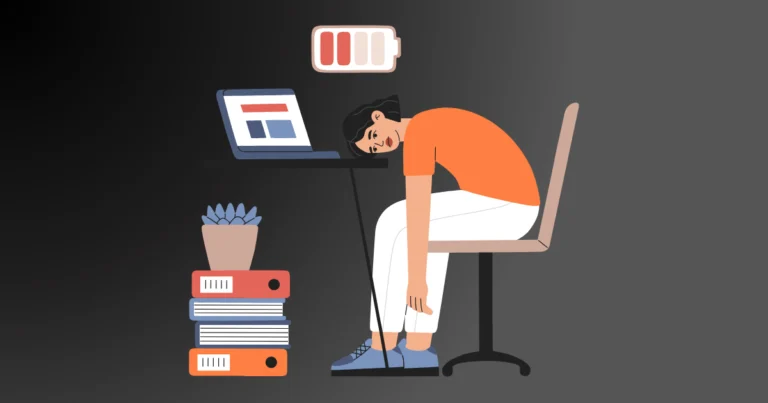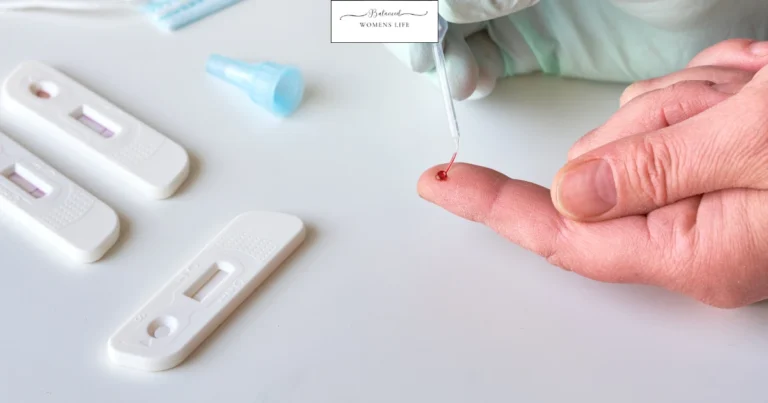Common Diseases in Women: What You Need to Know!
Women face unique health challenges, and understanding the most common diseases in women is crucial for prevention, early detection, and effective management. While some conditions affect both men and women, certain diseases disproportionately impact women or present differently in them. This article will provide an overview of the prevalent health issues affecting women today, empowering you to take charge of your well-being.
Understanding the Landscape of Common Diseases in Women
Several biological and behavioral differences exist between men and women, and these differences can significantly impact the emergence and epidemiology of diseases2. From heart disease to cancer to reproductive health issues, knowing the risks and understanding the symptoms are essential for women of all ages. Recognizing these common diseases in women is the first step toward proactive healthcare.
Factors Contributing to Women’s Health Issues
- Biological Differences: Hormonal fluctuations, reproductive health factors, and genetics play a significant role in women’s health3.
- Lifestyle Factors: Diet, exercise, stress levels, and tobacco use can influence the risk of developing certain diseases3.
- Social and Economic Factors: Access to healthcare, socioeconomic status, and cultural norms can impact women’s health outcomes3.
Top Common Diseases in Women
Here’s a rundown of some of the most common diseases in women, with an emphasis on awareness and preventative care:
- Heart Disease: Despite often being perceived as a “man’s disease,” heart disease is the leading cause of death for women4. Many women between 40 and 60 years of age have at least one risk factor for heart disease4. Symptoms can present differently in women than in men.
- Cancer: Breast and cervical cancers are two of the most prevalent and deadly cancers affecting women worldwide57. Early detection through screening is crucial5. Other common cancers in women include colorectal cancer, melanoma of the skin, and lung cancer1.
- Stroke: Stroke, also known as cerebrovascular disease, is another leading cause of death in women6. Diabetes is a stronger risk factor for stroke in women compared to men3.
- Mental Health Conditions: Women are disproportionately affected by mental health conditions like depression and anxiety37.
- Osteoporosis: Women are at a higher risk of developing osteoporosis, a condition characterized by weakened bones12.
- Arthritis: Arthritis and other musculoskeletal conditions affect a greater share of women than men1.
- Diabetes: Women with diabetes may experience obesity and blood pressure control issues3.
- Reproductive Health Issues: Conditions such as endometriosis, polycystic ovary syndrome (PCOS), and pregnancy complications significantly impact women’s lives27. PCOS can also increase the risk of cardiovascular diseases, diabetes, and uterine cancer2.
- HIV/AIDS: It is crucial to be aware of and prevent HIV/AIDS.
Taking Charge: Prevention and Early Detection
Preventative measures and early detection strategies can significantly reduce the impact of common diseases in women.
- Regular Check-ups: Schedule regular check-ups with your healthcare provider for screenings and health assessments.
- Healthy Lifestyle: Maintain a balanced diet, engage in regular physical activity, and avoid smoking.
- Vaccinations: Stay up-to-date on recommended vaccinations, including HPV to prevent cervical cancer.
- Self-Exams: Perform regular breast self-exams to detect any abnormalities.
- Awareness of Family History: Understand your family’s medical history to identify potential genetic risks.

Statistics
- Heart disease is responsible for 1 in 5 female deaths in 20194.
- Only 56% of women recognize that heart disease is the leading cause of death for women4.
- Sexual and reproductive health problems account for one-third of health issues for women between 15 and 44 years5.
- Around half a million women die from cervical cancer and half a million from breast cancer each year5.
- 56% of Australian females aged 15 and over are estimated to have one or more of 10 selected common chronic conditions1.
Table: Common Diseases in Women and Key Prevention Strategies
| Disease | Key Prevention Strategies |
|---|---|
| Heart Disease | Healthy diet, regular exercise, managing blood pressure and cholesterol, avoiding smoking |
| Cancer (Breast/Cervical) | Regular screenings (mammograms, Pap smears), HPV vaccination, self-exams, healthy lifestyle |
| Osteoporosis | Adequate calcium and vitamin D intake, weight-bearing exercise, bone density screenings |
| Diabetes | Maintaining a healthy weight, healthy diet, regular physical activity, monitoring blood sugar levels |
| Mental Health | Stress management techniques, seeking professional help when needed, maintaining social connections |
| Reproductive Health | Regular checkups, safe sex practices, awareness of symptoms, and early intervention |
FAQ About Common Diseases in Women
Q: What age should women start getting regular screenings?
A: Screening recommendations vary depending on the disease and individual risk factors. Discuss with your healthcare provider to determine the appropriate screening schedule for you.
Q: Are there specific symptoms women should never ignore?
A: Yes. Persistent chest pain, unexplained weight loss, unusual bleeding, changes in bowel habits, and new or changing moles should be promptly evaluated by a healthcare professional.
Q: How can women advocate for their health?
A: Be proactive in seeking information, asking questions, and communicating openly with your healthcare provider. Don’t hesitate to seek a second opinion if needed.
Conclusion: Empowering Women Through Knowledge
Understanding the common diseases in women is a crucial step toward promoting health and well-being. By staying informed, adopting healthy habits, and prioritizing preventative care, women can take control of their health and live longer, healthier lives. Knowledge is power – empower yourself today!







